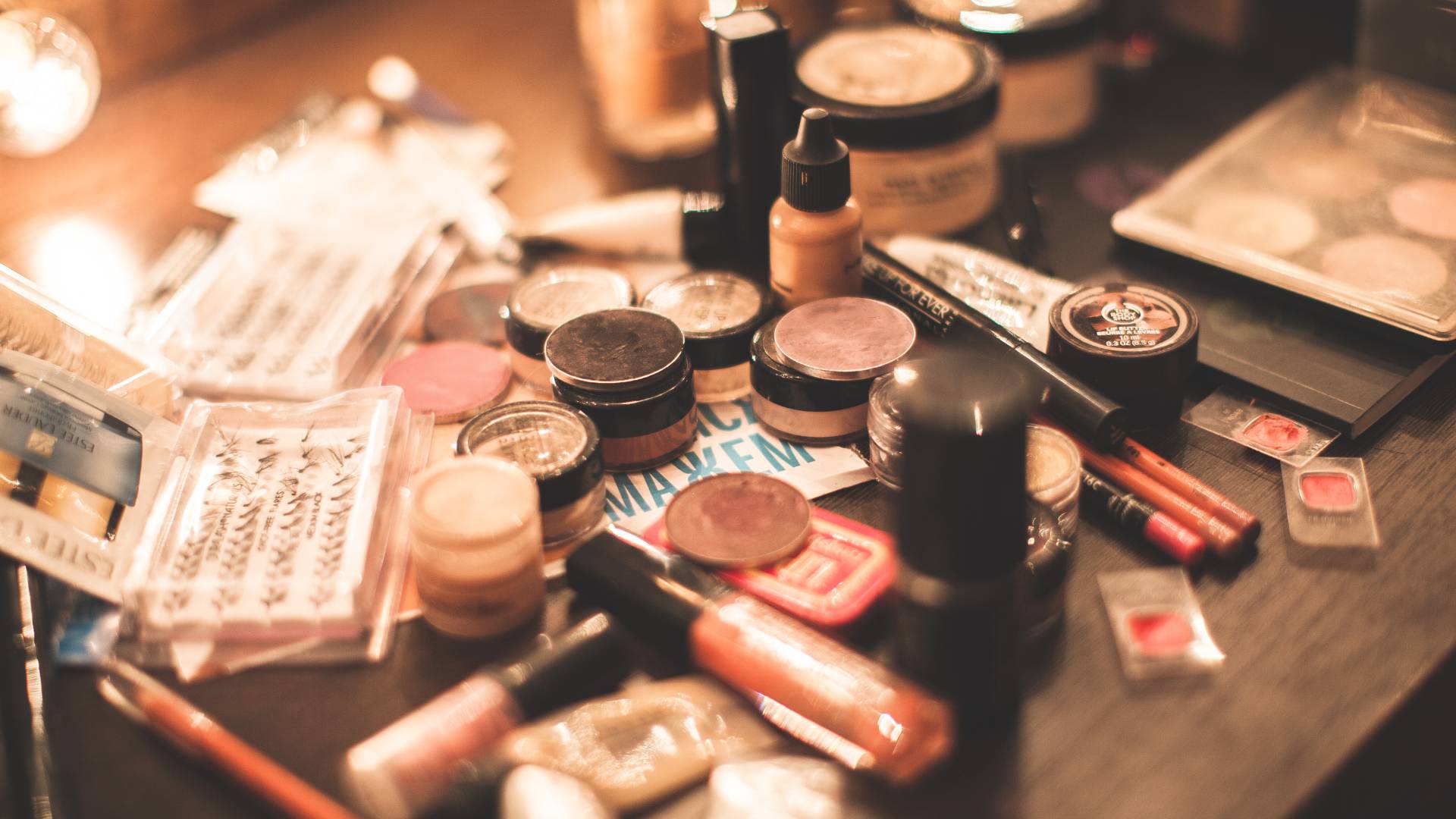Walking down the cosmetics aisle, you're bombarded with claims like "paraben-free," "non-comedogenic," and "hypoallergenic." But what do these terms really mean, and what's actually in that bottle of lotion or shampoo? Learning to read a cosmetic label is the first step to making informed choices that are right for your skin and your health.
This guide will demystify the key sections of a cosmetic label, helping you look past the marketing and understand what's really inside.
1. The Ingredients List: Your Most Important Tool
Just like with food, the ingredients list is your most valuable resource. In most countries, including the U.S. and the EU, ingredients are listed in descending order of concentration. This means the first few ingredients make up the largest portion of the product.
- Check the Top 5: The first five ingredients often constitute 70% or more of the product's formula. If the first ingredient is water (
Aqua), it means the product is water-based. - Look for Key Actives: Active ingredients, such as vitamins, plant extracts, or specific acids, will usually be listed within the top half of the list.
- Scan for Fragrance: Fragrance is often listed simply as
FragranceorParfumtoward the end of the list, as it is usually present in low concentrations. If you have sensitive skin, this is an important ingredient to watch out for.
2. "Free-From" Claims: What to Believe
Many products market themselves by what they don't contain. While these claims can be helpful, it's important to understand what they actually signify.
| "Free-From" Claim | What it Means | What to Watch For |
|---|---|---|
| Paraben-Free | The product does not contain parabens, a type of preservative used to prevent the growth of bacteria. | Parabens are a large family of chemicals. The label may be free of one type of paraben but contain another. |
| Sulfate-Free | The product does not contain sulfates, which are strong cleansing agents that can be harsh on hair and skin. | Other, gentler cleansing agents may be used as an alternative. These products are often more suitable for sensitive skin or color-treated hair. |
| Cruelty-Free | The product and its ingredients were not tested on animals. This claim is not regulated in all countries, so look for certifications like the Leaping Bunny logo. | This does not mean the product is vegan. A cruelty-free product may still contain animal-derived ingredients. |
| Non-Comedogenic | The product is formulated in a way that is less likely to clog pores. This is especially important for individuals with acne-prone skin. | This claim is not regulated, and a product that is non-comedogenic for one person may still cause breakouts in another. |
3. Ingredients to Watch Out For
While every person's skin is different, some ingredients are more likely to cause irritation or have potential health concerns.
| Ingredient | Why You Might Want to Avoid It |
|---|---|
| Parabens | While a key preservative, some studies have linked parabens to hormonal disruption. Look for parabens with names like methylparaben, propylparaben, and butylparaben. |
| Sulfates (SLS, SLES) | Strong detergents that can strip the skin and hair of natural oils, leading to dryness and irritation. |
| Synthetic Fragrances | Often listed as Fragrance or Parfum, these can be a common cause of skin irritation and allergic reactions, especially for people with sensitive skin. |
| Phthalates | Found in products with synthetic fragrances, phthalates are a class of chemicals that have been linked to hormonal issues. |
| Formaldehyde-Releasing Preservatives | These preservatives release small amounts of formaldehyde over time, which can cause skin irritation. Common examples include DMDM Hydantoin and Imidazolidinyl Urea. |
By educating yourself on what to look for, you can navigate the complex world of cosmetics and choose products that are not only effective but also safe for you.
